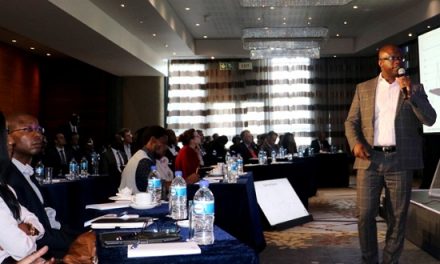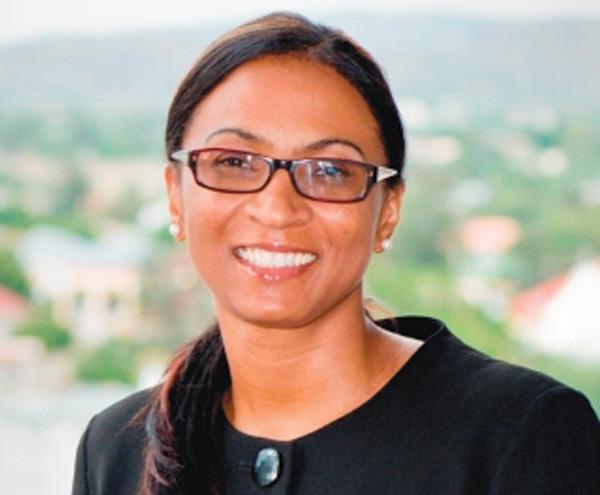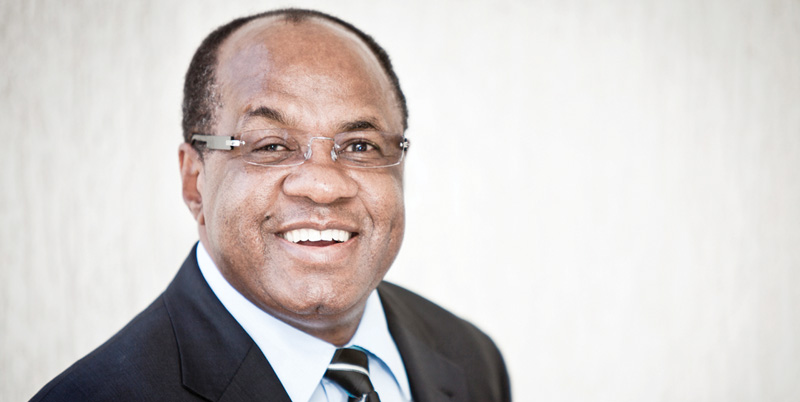
Understanding Africa’s middle class

Standard Bank senior political economist Simon Freemantle
It finds that, between 2000 and 2014, Nigeria’s middle class swelled by 600% to 4.1 million households, or 11% of the total population.
The report suggested that 21% of households in Angola could be considered middle class, as opposed to 14% in Sudan and 10% in Zambia.
The East African countries surveyed, however, fared poorly with a uniformly high shares of low-income households as a share of total households across the region 99% in Ethiopia, 97% in Tanzania, 96% in Uganda and 92% in Kenya. In addition, the most profound consumption shifts were occurring at the ‘base of the pyramid’, or in the low-income bands covering LSM 1 to LSM 4, which is where businesses would need to tailor their offerings – consumption in this band is below US$5,500 a year. Standard Bank political economist Simon Freemantle, who presented the report’s findings earlier this month, said the performance remains broadly supportive of the ‘Africa Rising’ narrative – despite the bank’s middle-class estimate being considerably lower than the 350-million people reported by the African Development Bank in 2011. He noted that six million new middle-class households, with the average household comprising around five people, have been added in the surveyed countries over the period, compared with only one million between 1990 and 2000. In addition, the report estimated that a further 14 million middle-class households will be added across the countries by 2030, triple the current number
. “Including lower-middle-class households, the overall number swells to over 40 million households by 2030,” Freemantle said, while acknowledging that this base case is built on assumptions that are highly sensitive to political, economic and social developments. But he also stressed that the figure does not represent the best-case scenario. There is an undeniable rise in income across many of Africa’s key frontier economies, allowing the formation and strengthening of a substantial middle class. “However, the scale of Africa’s middle class ascent has, we believe, been somewhat exaggerated in line with the at times breathless ‘Africa Rising’ narrative,” he said.













































